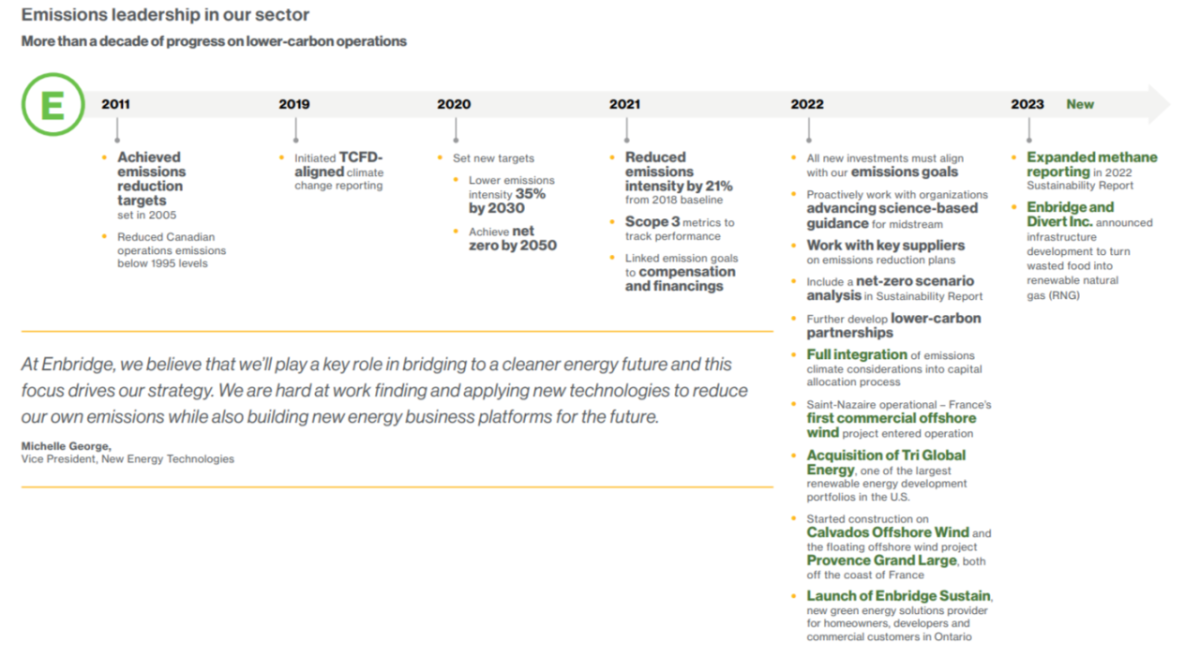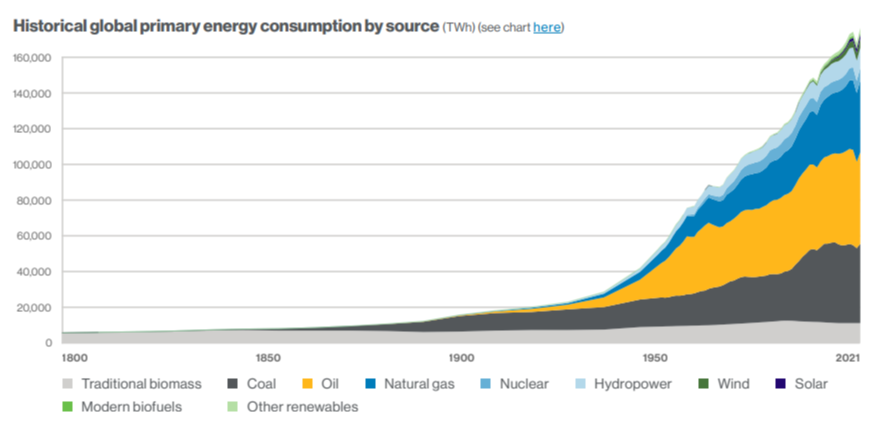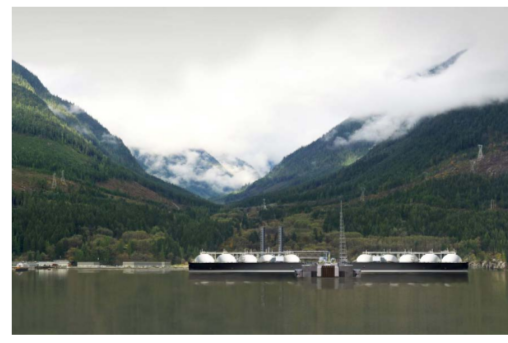Enbridge: Climate Change and the Energy Transition
Advancing our two-pronged growth strategy to meet growing demand and accelerate the energy transition
Originally published in Enbridge's 2022 Sustainability Report
The world faces an urgent imperative to reduce greenhouse gas emissions and transition to a lower-carbon economy. As one of the largest renewable energy companies in Canada and an innovator in delivering lower-carbon fuels, Enbridge is working hard to bring that economy to life. Our focused plan is embedded in our operations and capital allocation framework and aims to achieve our targets while ensuring resiliency through the transition. Therefore, every capital investment we consider is analyzed against our two-pronged growth strategy to include a path to achieve net zero—or we won’t participate.
At the same time, energy demand is rising—and world events in 2022 have been a powerful reminder that energy reliability, security and affordability remain critical considerations, while reducing global greenhouse gas (GHG) emissions. We believe that conventional fuels—and associated infrastructure operated as efficiently as possible—are essential to meeting societies’ energy needs today, even as we move toward a net-zero future.
To ensure the reliability and affordability of energy today while accelerating the energy transition, we’re innovating across the entire energy value chain. We’re introducing cleaner fuels into the energy mix, reducing the emissions of existing processes, turning promising technologies into scalable solutions, re-purposing existing infrastructure (for example, blending hydrogen into natural gas distribution networks) and continuing to invest in new, lower-carbon infrastructure, including renewables.
Our targets for reducing our GHG emissions were set in 2020, making us the first midstream company in Canada—and North America’s largest energy infrastructure company—to commit to operating on a net-zero basis by 2050. We also committed to reducing the intensity of GHG emissions from our operations by 35% by 2030.
These targets were informed by using guidance and methodology recommended by the Science Based Targets initiative (SBTi), which drives ambitious climate action in the private sector. They’re aligned with the goals of the Paris Agreement to keep global temperatures well below 2 C above pre-industrial times while pursuing means to limit the increase to 1.5 C. We continue to work with experts— including SBTi, the Institutional Investors Group on Climate Change, and Climate Action 100+—to develop appropriate standards for our sector.
Every part of our business is now systematically engaged in our work to meet our GHG targets. Our LP, GDS and GTM groups are enhancing the efficiency of their infrastructure, procuring low- or zero-carbon emission power for their operations and adopting innovative technologies to minimize their GHG emissions. Our Renewables business is growing quickly, with $4 billion in new investments planned through 2025. We continue to build partnerships, invest in new technologies, advocate for policy change, and acquire promising energy innovators—all to accelerate the energy transition while reinforcing our status as a responsible, differentiated energy provider in North America and internationally.
Learn more
The current update to our Task Force on Climate-related Financial Disclosures (TCFD) provides insight into how we see the transition to a lower-emissions economy and our role within that transition. Our disclosure has been updated to reflect updates from our business units—Liquids Pipelines (LP), Gas Transmission and Midstream (GTM), Gas Distribution and Storage (GDS) and Renewables; in particular, identifying physical and transition risks, and associated mitigation and management measures, for each business unit. See our 2022 ESG Datasheet for details.
Increasing global energy demand
Global demand for energy has increased steadily over time, driven by megatrends, including worldwide population growth and urbanization.
The megatrends driving increased energy demand are expected to continue. According to the United Nations, the world’s population, which stood at 8 billion in 2022, could grow by 1.7 billion by 2050. Alongside population growth, urbanization and improved global health—both ongoing trends—tend to increase the demand for energy.
With these factors continuing to push the world’s energy needs upward, the latest International Energy Agency (IEA) World Energy Outlook (Stated Policy Scenario) forecasts that energy demand will reach 206,000 TWh by 2050. While demand forecasts have been moderated slightly in view of high inflation and other factors, most analysis points to continued growth in the world’s need for energy.
Although natural gas is a conventional fuel, there is growing recognition of the valuable role this fuel can play in the energy transition. The European Union’s Green Taxonomy and the IEA’s scenario analysis each foresee a role for natural gas as society moves away from conventional fuels and toward low-carbon or zero-carbon energy solutions. See our TCFD report for information on IEA natural gas forecast.
The potential for natural gas to enable progress in the energy transition includes the following:
- First, in markets where coal remains a dominant fuel source, switching to natural gas can deliver substantial reductions in GHG emissions relatively quickly. In the U.S., between 2010 and 2018, the roughly 100 power plants that switched from coal to natural gas delivered a reduction of about 255 million tonnes of CO2 e annually. Indeed, the single biggest contributor to reducing GHG emissions in the U.S. electricity sector in recent years has been coal-to-gas fuel switching. There are opportunities to replicate this success in other jurisdictions, especially in some of the world’s most populous countries where coal remains an important fuel source, notably China and India. As natural gas becomes more widely available and cost-effective in many parts of the world, analysts see the potential to reduce up to 50% of GHG emissions from the electricity sector for many regions through fuel switching.
- Second, natural gas can complement the intermittency of energy sources like solar and wind. In some cases, the supply of renewable energy varies according to weather and time of the day. Natural gas can help to balance this variability by providing a reliable source of supplemental power when renewable energy or other energy sources are insufficient to meet demand. Natural gas provides flexibility in energy systems, enabling power plants to quickly ramp up or down as demands change.
- Third, natural gas systems can be decarbonized using various approaches such as CCS at compressor stations, hydrogen blending, etc.
The North American natural gas advantage
We believe North American natural gas and liquefied natural gas (LNG) are a key part of the global energy solution. Compared to natural gas produced in other regions, fuel from North American sources stands out on affordability and ESG performance. This cost advantage is expected to be longstanding. The abundant low-cost reserves and improved well production enables North America to continue supplying affordable gas to meet the world’s natural gas demand. In 2022, the U.S. had more LNG export capacity than any other country and led the world in LNG exports. Enbridge’s Texas Eastern natural gas pipeline is already connected to four LNG facilities on the U.S. Gulf Coast, and we are contracted for more. In addition to offering cost advantages, North American natural gas excels on ESG dimensions, particularly on emissions performance.
Canadian LNG has some of the lowest emissions intensity in the world, producing about 60% fewer GHG emissions per unit of volume than the global average, and our Woodfibre LNG project is expected to deliver exceptionally low emissions intensity, producing about 90% fewer emissions relative to global competitors. This relatively strong emissions performance is driven by a range of factors, including Canada’s abundance of hydroelectricity, cooler temperatures, and Canada’s geographic proximity to key markets, notably East Asia.
Expanding global access to natural gas through LNG will play a critical role in North America’s energy future and will help to reduce the world’s GHG emissions through the displacement of coal-fired power generation, creating strong alignment with our ESG goals.
Cynthia Hansen, Executive Vice President and President, Gas Transmission and Midstream




